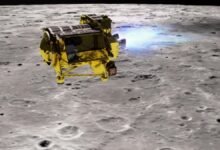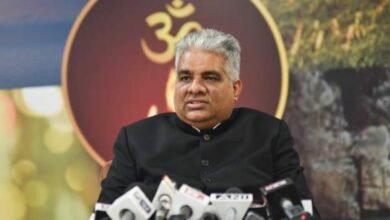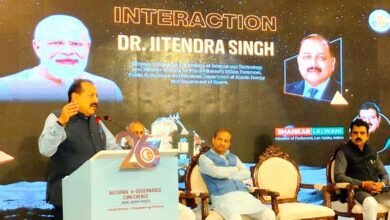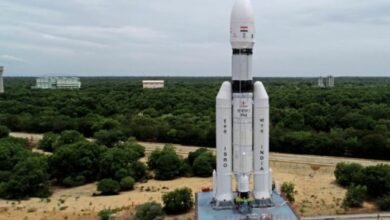HARD moments of SOFT landing: Chandrayaan-3
It was believed that two hours before Chandrayan-III was launched a meeting was conducted to decode the present situation and discuss if the mission needs to be aborted for a fresh try or continue with proceedings.
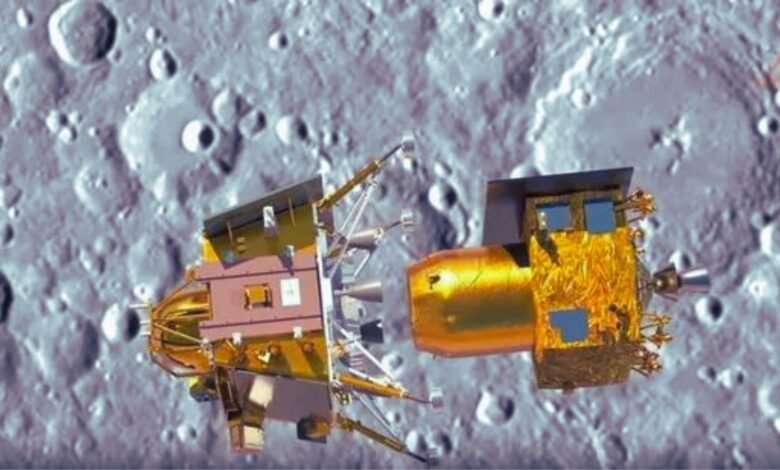
Chandrayaan has a history of bringing laurels to the country but so has its reputation for bringing last-moment jitters due to the landing program. It was believed that two hours before Chandrayan-3 was launched a meeting was conducted to decode the present situation and discuss if the mission needs to be aborted for a fresh try or continue with proceedings.
In the buildup of the final hours to this epitome of glory, lessons were being recalled from the Chandrayaan-2 debacle. Primarily, the lunar vehicle failed to achieve its goal because of excessive engines that reduced the velocity for movement, called retardation. Secondly, the mission before it was close to the lunar surface where it was supposed to lower its velocity but on the contrary, it increased its velocity. At present, the Chandrayan-2 orbiter continues to travel around the lunar periphery. It is as if the last lessons were revised before the examination to avoid similar mistakes again.
Chandrayaan-2 collapsed in the landing process
On the big occasion, it was Chandrayaan-3 that took centre stage and all news was going to Bengaluru and all watches were clocking to 18.04 hours. However, deep inside all minds were running to the crucial phase between the second and third stages of landing. It is this phase where Chandrayan-2 collapsed in the landing process and since the operator works automatically any outside force could just be a disaster.
As we focus peculiarly on the last fifteen minutes of landing there is a timeline of events that happened in the vicinity of the landing process. In the last leg of the landing phase, ISRO initiated an Automatic Landing Sequence (ALS) which enabled AI-based computers to locate a suitable place for landing. Vikram’s lander very softly touched the lunar surface and with it landed the 26 kg Pragyaan Rover which was carried to the moon in Lander’s belly. Pragyaan is closely affiliated with the Chandrayaan –II mission which is circling the orbit mission. In the context of landing in the phased manner it was the moment when the emblem was imprinted on the six wheels and it was embossed on the surface of the lunar region.

The technical aspect of the landing phase goes through four stages and the entire process discusses the significance of those 17 minutes. Further, the lander de-accelerates to 0 when it makes a soft landing. In the process, it was discovered that from an altitude of 30 km, the speed fell to 7.5 km per minute to ensure a soft and simple landing process.
Chandrayaan-2 was launched with the idea of discovering the lunar hemisphere but it faltered because of heavy engine pressure that fluctuated its velocity. In the new module, the focus was on shutting down two of the four engines in the last few minutes. The thrust of the engine will shut down the propulsion and slow down the velocity. The entire system of landing took place in 17 minutes 21 seconds and it will eventually take 17 minutes 32 seconds if the process involves finding a suitable place for landing based on an AI-based system. In these minutes of landing, there is an integral role of camera-based pictures which will resolve the longitudinal length of the data set to ensure the steady place of landing for the lander.
In the whole episode of Chandrayaan-3 with its predecessors and successors, it becomes important to highlight the facets of the whole system of managing the global spectrum of India’s space research. Chandrayaan-2 and Chandrayaan-3 are the poignant names of the changing face of the Indian space system from a need-based horizon to an exploration and research-based mission. In the context of growth, these 17 minutes of hard breath before the soft landing will be relinquished as an operational casualty. However, the ghasting experience of Chandrayan-2 and the dreams of Chandrayaan-3 is an essential chapter in the history of the vigour that Indian space science has been able to accomplish.
The world media has prevailed in full force to exuberate the growth but what is more important is to highlight the technical, scientific and rigorous development which was showcased in the calm silence of four years and anxious prayers of those few minutes before landing.
